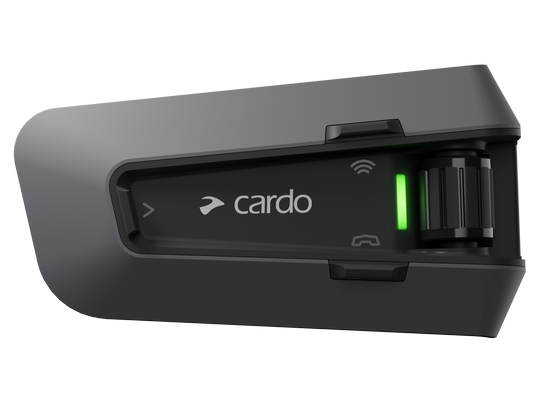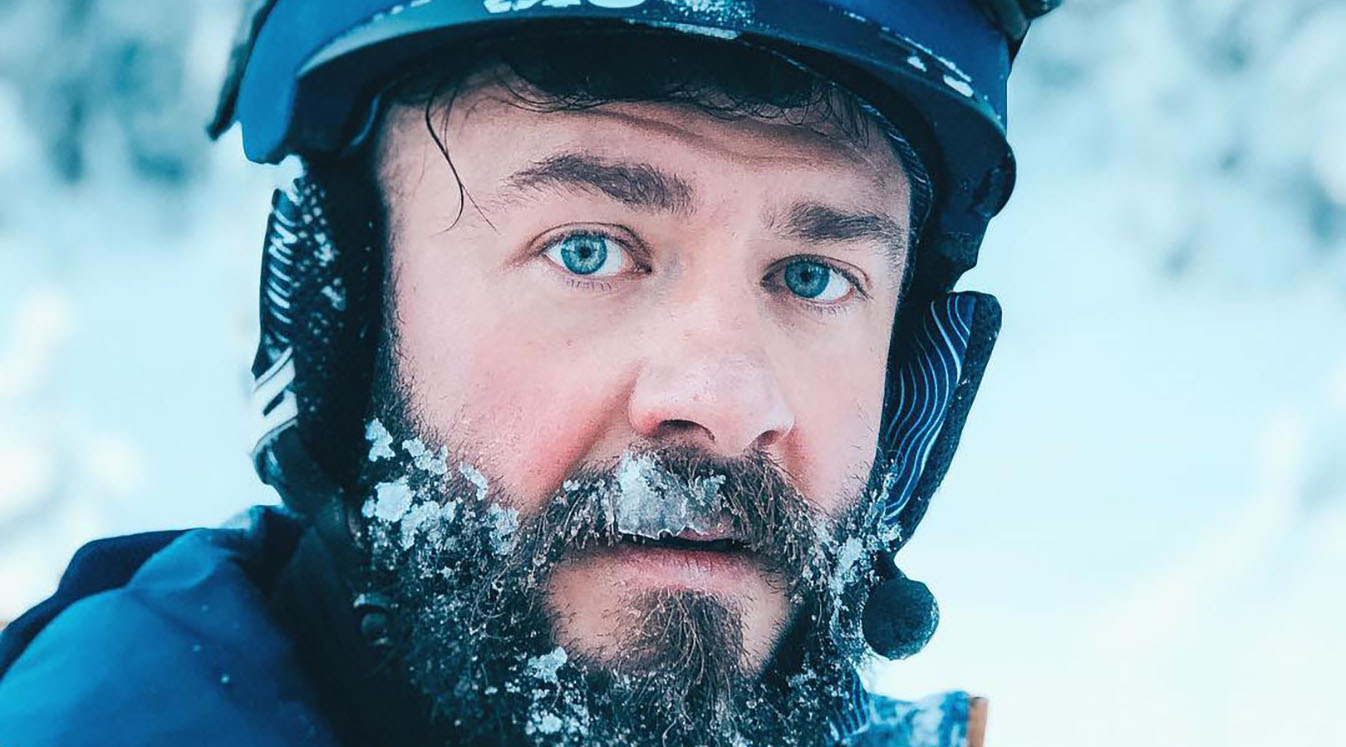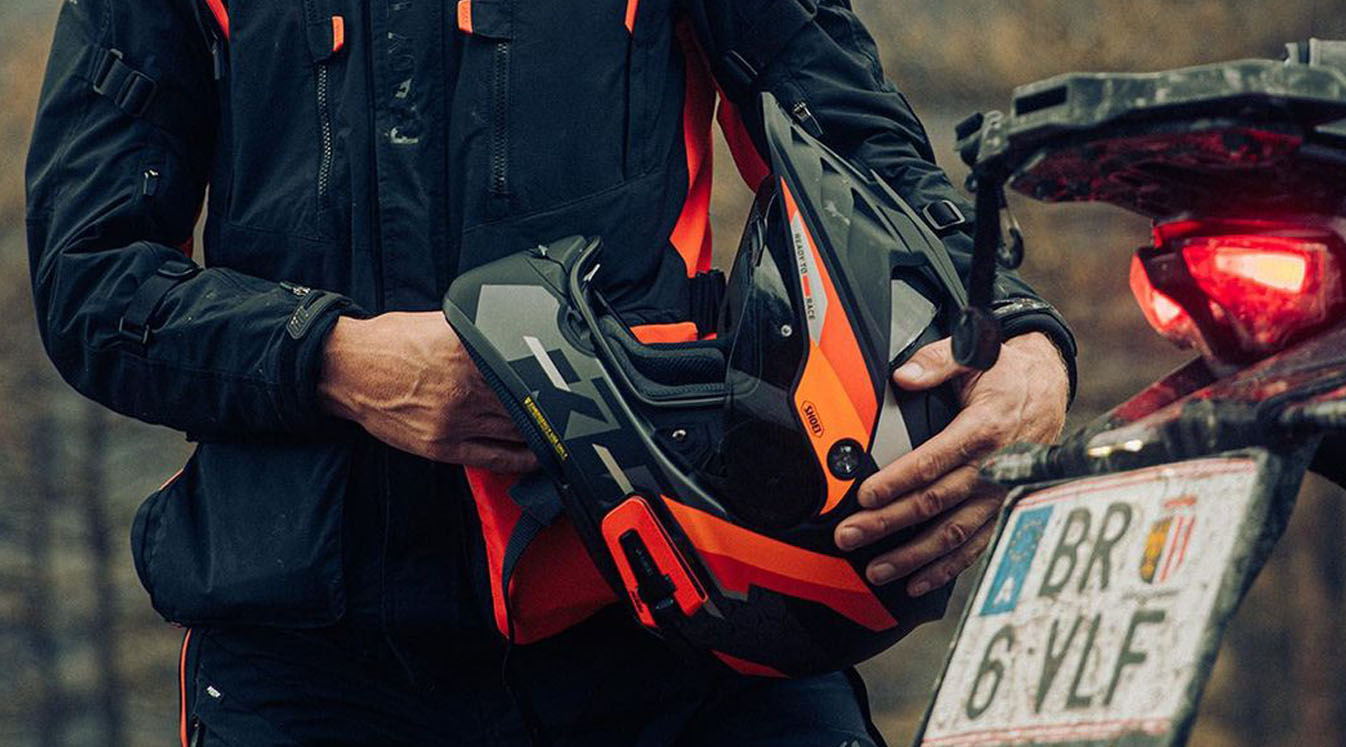Riding an ATV isn’t like riding a bike. These powerful four-wheeled machines can travel up to 90 mph as you cruise through the wilderness. The experience can leave you exposed to the elements in just about every way imaginable. That’s why every ATV rider needs to wear the proper safety gear, including long sleeves, pants that cover your skin and a reliable wireless communication system to navigate to your destination.
If you’re new to ATV riding, use this guide to stock up on the proper gear before you hit the trail.
ATV Riding Gear Essentials
Start by creating a safety checklist for your riding gear. Add these items to your shopping list or set them aside to make sure you have everything you need to ride.
Use Wireless Communication to Stay Safe on the TrailHelmet
A helmet is required when driving an ATV. You’ll need a helmet that has been approved by the Department of Transportation (DOT). You can use either a full-face helmet or a half-face helmet as long as you wear them with goggles. The helmet will protect your head from injury if you fall or flip over the vehicle. The visor will shield your face from dirt and debris and protect your eyes from the sun to help you see where you’re going.
Full-face helmets are safer and easier to use than half-face helmets. They provide better insulation from the outdoors. You don’t have to worry about your goggles slipping down your face or your helmet being too loose. Use the chin strap to secure the helmet over your head. It should stay in place when you bend over or lean to the side. When shopping for goggles, look for a pair with a V-8, VESC-8 or Z87.1 rating.
Try on the helmet to ensure it fits properly. It should stay firmly on your head when moving or bending over without pressing against your skull.
Communication System
It’s easy to get lost when you’re exploring remote areas. You’ll need to find a way to navigate to your destination while driving. It’s never safe to use your phone while moving and pulling over to the side of the trail to check your phone may not be an option.
ATVs also only fit one person at a time, so you’ll need to find a way to communicate with your peers from afar so you can stay together as a group.
Every rider should use a wireless communication system to talk hands-free on the trail. The device wirelessly connects to your phone or GPS, so you can keep the conversation going or check the directions without taking your eyes off the path. Use a system with dynamic mesh communication to stay connected. The device creates a direct link between you and everyone in your group, so you don’t have to reset the connection when you fall out of range. Just speak into the microphone, and the device will connect you automatically.
Skin Protection
It’s best to cover up as much as possible when cruising around on a motorcycle or ATV. These vehicles don’t come with cab enclosures, which can leave you exposed to bug bites, flying debris, sunburn, rashes and all kinds of unfortunate outcomes. This is true even when it’s over 90 degrees outside.
Plan to cover up in all seasons and choose riding gear that will work in any temperature.
Long Pants and Sleeves
Riding an ATV or dirt bike exposes you to the elements and deep recesses of nature unlike anything else. You’ll encounter bugs, bushes, mud and dirt, which can easily wind up on your skin without proper clothing. Cover your skin with long sleeves and pants to protect yourself from scrapes, bites, cuts, rashes and sunburn.
Your clothes should be waterproof and designed to dry quickly so you can keep cruising after getting sloshed. We’ve all seen motocross riders drenched in mud from head to toe. Wear camo on hunting trips to blend in with your surroundings.
Inner Layers
Wear moisture-wicking underwear and t-shirts that dry quickly when wet.
Riding Jacket
It all starts with a secure riding jacket. It should be durable enough to protect your skin from moisture, bugs and other hazards on the trail, but light enough so that you won’t overheat in the summer. Find a jacket with good ventilation properties to let the moisture dry. You should be able to fit extra layers or liners under the jacket when the temperature drops.
Find a Communication System with Dynamic Mesh CommunicationGloves
You’ll also need a strong pair of gloves that withstand some aggressive wear and tear. Keeping your hands safe and dry is essential when riding an ATV, considering you need your hands to control the vehicle. The gloves should be cut-resistant and breathable so your hands don’t get too sweaty. The sleeves of your jacket should reach over the gloves to keep your skin covered.
Boots
Rugged riding boots are also a must. They should keep your feet warm and dry. Your pants should extend over the cuffs of your boots and socks.
Guards and Pads
ATVs don’t come with seat belts, so consider adding another layer of protection in case you get into an accident. Strap on some chin, knee, elbow pads and a chest protector to reduce the chances of injury. They will absorb your fall when you land to reduce your chances of injury.
Helpful Accessories
Once you have your body covered, consider anything else you might need to get to and from your destination. You’ll need a map, compass or GPS to guide you through the trail. Bring a satellite radio and a cell phone to contact the authorities in an emergency. It’s also helpful to have a first aid kit to treat cuts, aches and pains, as well as a winch recovery kit to get your vehicle out of a sticky situation.
Need a break from the heat? Shop for cooling vests underneath your ensemble.
ATVs don’t leave a lot of room for storage. Wear a backpack or consider towing a trailer on longer rides to stay prepared.
Maintain Your Off-Road Safety Gear
Off-road riding can be hard on gear, leading to rips, stains and grime. Launder your gear according to the manufacturer’s instructions and inspect it before each ride to see what needs to be replaced.
Ride Responsibly, Ride Safe
Riding an ATV/UTV can be a blast as long as you do so responsibly. These vehicles encounter a range of obstacles and potential hazards that can put your health at risk. Stock up on the recommended safety gear to protect yourself from the unexpected. Choose a reliable brand like Thor or Alpinestars to find clothes that are made to withstand the outdoors. You can use many of the same items on your mountain bike. Having the right equipment can make all the difference on the trail.





